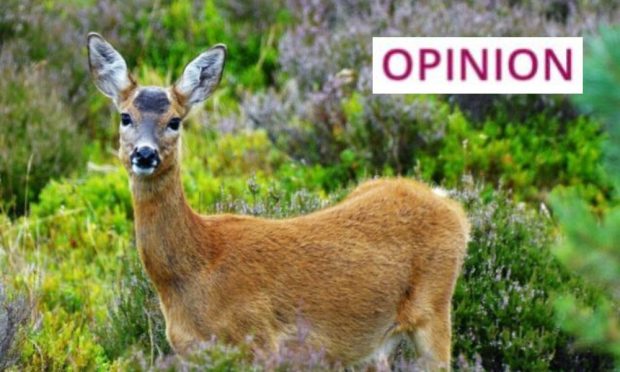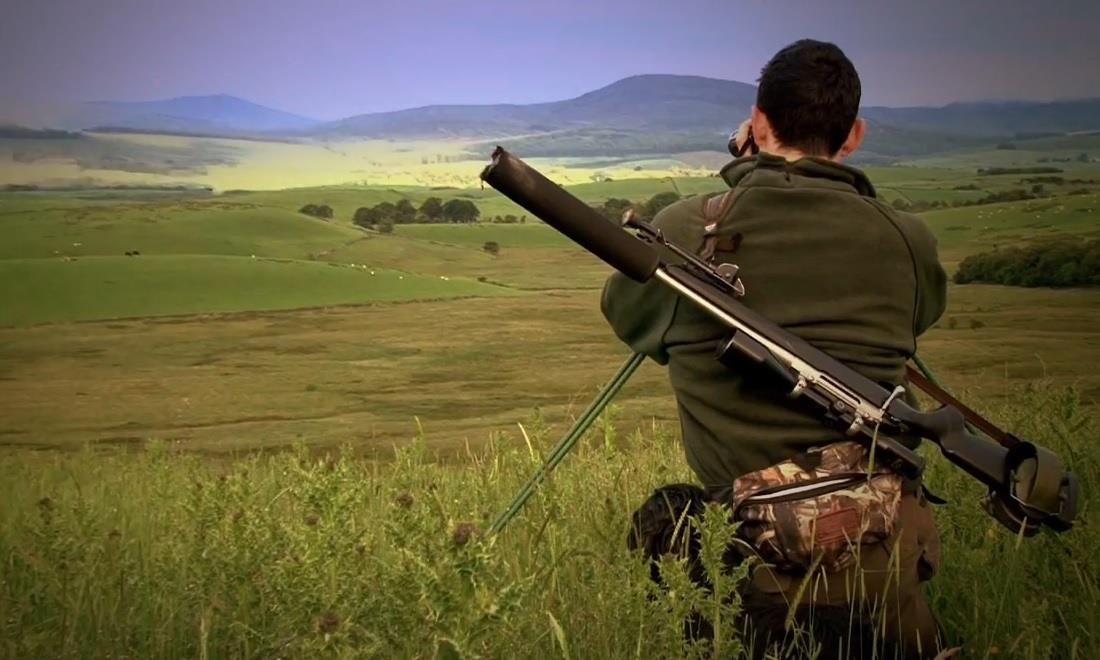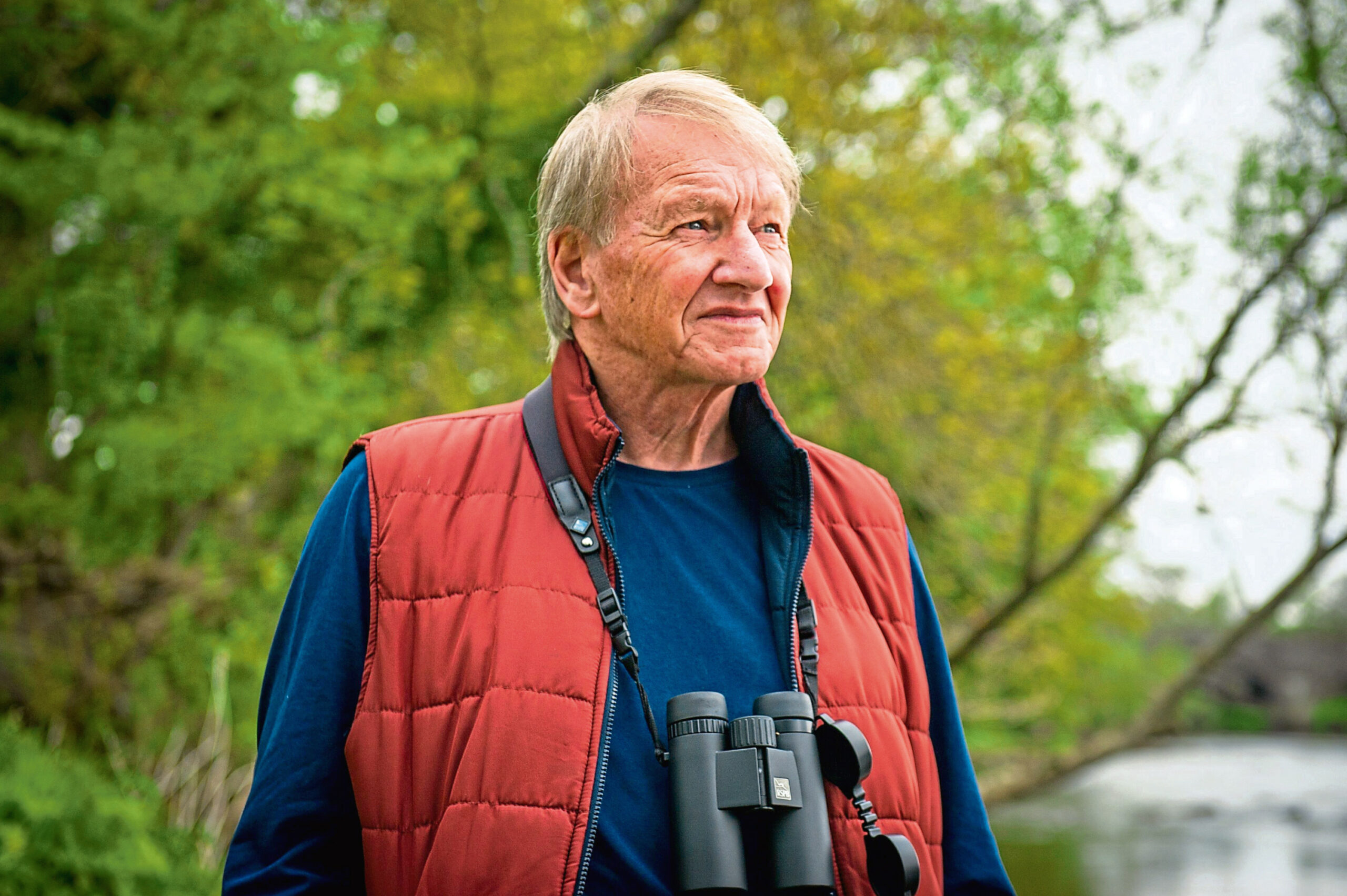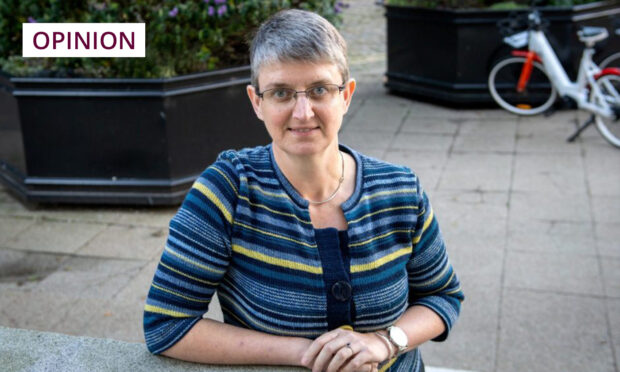Late one evening after the football had finished and Nigel Farage had thrown a wobbly about, um, about…oh, who cares, I was waiting for the first day of the Tour de France highlights to begin at somewhere around midnight.
I whiled away the time with a small glass of the meaning of life from my friendly neighbourhood distillery. Slip of the pen, I meant to write the water of life.
There had been a walk by the Forth where a footpath wandered between the bottom of down-curving grass fields on one side and half a square mile of tidal mud on the other, and two things occurred to me.
One was how rare it is to hear the full-throated voices of skylark and curlew overlap.
The other was that the duration of the general election campaign has been almost totally devoid of references to nature.
I say almost totally because, as you may remember if you lingered in this corner of The Courier last Tuesday, there was the bizarre story of the fake capercaillie nests stuffed with chicken eggs and chunks of venison to thwart pine martens.
Not that it had anything to do with the election, but it had in common with all the electioneering I have seen and heard a particularly high gibberish content.
‘More men with guns?’
I wondered if it was just the first flourish of what newspaper journalists refer to as “the silly season”.
Further credence was given to that notion when I read a story in Saturday’s edition of The Courier that suggested, among other things, it is a good idea to shoot more roe deer to reduce traffic accidents in Fife, Perthshire and Angus.
No argument from me about there being too many deer in Scotland for the good of the land, for the good of biodiversity, and for the health of the deer for that matter.
But my thoughts about rectifying the situation tend towards natural solutions rather than more men with more guns.
Besides, deer don’t cause road accidents, vehicles do.
It’s difficult to come up with accurate numbers of deer, and NatureScot’s most recent stab-in-the-dark suggests about 500,000 red deer and 300,000 roe in Scotland.
We do, however, know how many vehicles are registered in Scotland, and the number is just over three million.
Most deer don’t go near roads. All vehicles must use them all the time.
I mention all this because it is symptomatic of land management philosophies nationwide, and for centuries now.
We perceive a problem involving various species of nature whether deer, capercaillie, pine marten, wildcat, fox, stoat, weasel, eagle, harrier, osprey, buzzard, crow, otter, beaver, seal, or any of the tribes of nature we have already deliberately rendered extinct.
Then we confront the problem the only way we know how – with traps, poisons, hunting dogs, but mostly guns – and we kill what we regard as nature’s offending tribes.
‘She’s looking at you’
My most valuable lesson in a lifetime of keeping nature’s company and nearer 40 years than 30 of writing about it for a living, was to learn how it feels to be standing 20 yards away from an adult grizzly bear on Kodiak Island, Alaska, and watch as it rose from all fours to stand on its hind legs.
I asked my guide: “What is she doing?”
“Just taking a look,” he said.
“Taking a look at us?”
“No, she knows what I look like, she’s looking at you.”
We use the words “wild” and “wildlife” and “wilderness” as if we understand what we are talking about.
But “wild” is about living a life that is a fundamental part of the landscape, and “wildlife” is those species that do just that.
Like that bear, 20 yards away with its head eight feet up in the air, conferring on me the clear understanding that my species was not in charge of that situation.
Everyone should know how that feels. It’s more educational than anything else I can think of.
Then it turned and wandered back down to the river where twelve more bears were preoccupied with catching salmon.
‘The unpalatable truth’
There are so many deer in Scotland because for centuries we have wiped out the creatures we feared, and which were inconvenient for our determination to live our daily lives by putting as much distance between ourselves and nature as we can.
The unpalatable truth is men with guns are an inefficient means of replacing wolf and bear at the top of the food chain, that we make lousy wildlife managers.
Traffic is the deer’s problem, not the other way round.
Loss of habitat is the capercaillie’s problem, not too many pine martens.
But there is no evidence that we are willing to rein in our impact on the health of the planet.
My election slogan: it’s not the global economy, stupid. It’s the globe.
Vote for that, I dare you.













Conversation